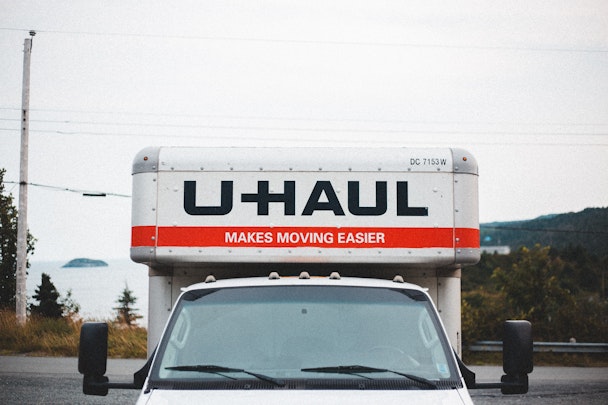Why moving in-house at Reckitt hasn’t stagnated my creative career
As agencies look for ways to dissuade brands from bringing their marketing efforts in-house, Reckitt’s Ainhoa Robles argues that the career of creatives could actually benefit from an internal move.

Moving in-house could benefit your brand’s creative output, argues Ainhoa Robles / Unsplash
In a design studio you are surrounded by like-minded people who are curious, the dreamers who are constantly asking, “what if?” Rebels that question the status quo and are eager to rock the boat and innovate, untethered to the day-to-day challenges facing their clients. It is fast paced, fun and rewarding – a culture that is hard to recreate in-house at a large multinational.
But when you lift the veil on working client-side, you realize ‘going over to the dark side’ has some distinct advantages – and creativity is one of the big winners.
Prime vantage point
When it comes to thinking beyond the creative output alone and truly getting under the skin of a brand, a move to in-house can give your career the unique perspective you need. It allows you to understand the commercial and historic factors that influence and challenge the brand, to see it working in all its detail. You become its voice, its guardian – its proponent of excellence, as we like to say at Reckitt. You know where the brand has been and how it has evolved – an intimate knowledge you would find hard to emulate agency-side.
This distinction dispels the greatest myth of stagnating creativity. Working for just one brand owner does mean your work is less varied on one level. But that doesn’t mean it becomes less creative, just more focused. Working in-house widens your point of view. You get to understand the challenges and frustrations of the daily running of a brand and the markets it is facing. It expands the way you think and allows for more agility and flexibility. Agency-side, great time and effort goes into onboarding a new brand client. In-house, your embeddedness means you can go from insight to prototype and launch within a few weeks. It allows you to hone an agile mindset, to test, iterate and learn – to flex your creativity in different ways.
Another revelation is the scope of collaboration. Again, a predominant preconception conjures images of the lone designer surrounded by a sea of marketers and sales-obsessed commercial folk. But the remit of many great in-house brand experience teams is to create amazing briefs and to choose the best teams to achieve them – to bring together the agencies and people best placed to get things done. You have access to an endlessly diverse pool of talent.
And as much as I love the brand-led strategic approach of the big studios, it’s also great to see how smaller, independent studios operate. They have a startup mentality, a design-led approach that inspires and feels very refreshing. When you have worked at an agency for 10+ years, you invariably get drawn into the working philosophy at that group. But working client-side, being exposed to a variety of different collaborators, means you need to flex and adapt your outlook all the time.
A winning formula
For brands in today’s economy, budgets are tight and the communication landscape is more fragmented, and so to keep the pace that consumers expect they require creativity around the clock. Which leads to another perception that needs addressing – that building a design team is just a way of saving money for brand owners, and that the in-house creative team can handle everything. It can’t.
Equally, you can’t rely just on external talent to navigate such complex challenges, so the ability for internal teams and agencies to act as one is key. It is therefore our task to constantly educate the business about the role of brand experience and design thinking, and about the wide-spectrum specialisms that exist within design – and that can be challenging. But it is also very rewarding, as you influence a wider marketing team that gets to understand the creative process in more depth.
The fact that you’re under the same roof as the marketing head, working with different stakeholders and people that are involved at different stages, means you get to know and understand each other better. It fosters a feeling of camaraderie rather than ‘client versus designer,’ where communication becomes more open and makes for a smoother and richer output. You have informal day-to-day interactions and fewer compromises. Often you can affect or create the briefs yourself, because you’re a trusted member of the team and have an intimate understanding of the brand, its footprint and its vision, and this allows you to contribute in shaping that perfect brief that we all long for.
Your chances of making an impact are likely greater than when you are agency-side, which is my personal biggest motivator to move client-side. So, while the argument of in-house versus agency has always been more nuanced than the myths suggest, moving in-house will undoubtedly widen your creative horizons.
Ainhoa Robles is global brand experience and service design lead at Reckitt.
